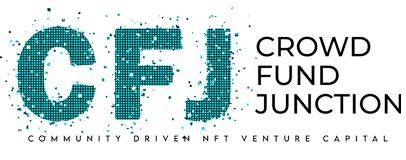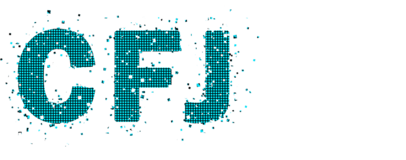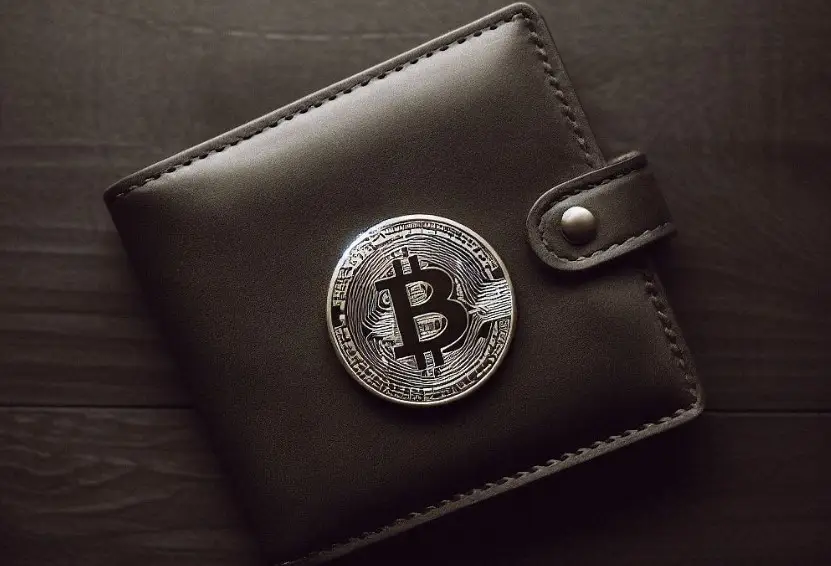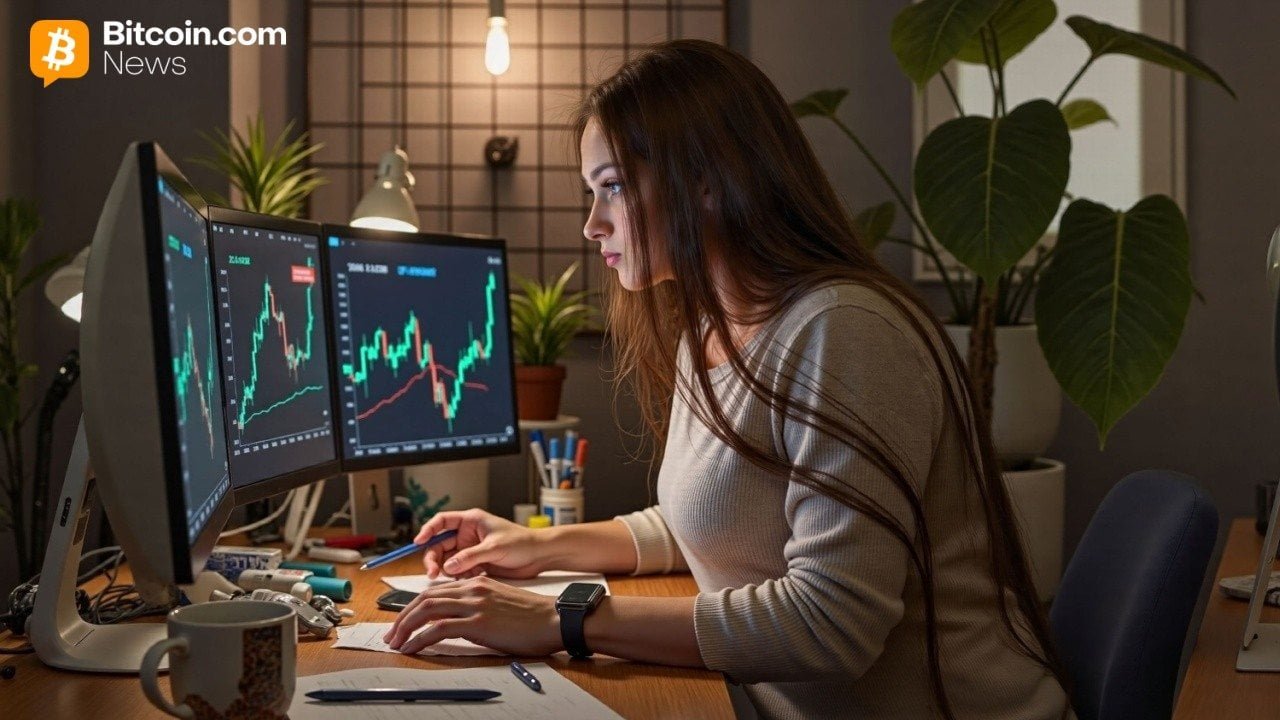Galaxy Digital’s Head of Research Says Tether’s Global Reach Is
What to expect from NFTs in 2023?
(Originally posted on : Crypto News – iGaming.org )
Despite the crypto bear-market, 2022 has been a pretty good year for NFTs with its use cases increasing. Based on this, what can we expect in 2023? It is difficult to predict exactly what will happen with NFTs in 2023, but it is likely that they will continue to grow in popularity and usage. Some potential developments that could occur in the coming year include.
Increased mainstream adoption
In 2023, it is likely that NFTs (non-fungible tokens) will experience increased mainstream adoption. As more people become familiar with the technology and its potential uses, we can expect NFTs to be used in a wider variety of contexts.
One of the key drivers of mainstream adoption for NFTs will be the gaming industry. NFTs can be used to represent in-game assets, such as weapons, armor, and other items. This allows players to truly own their in-game assets and even sell or trade them with other players. This feature is already being adopted by some games and as more games adopt this technology, it will drive wider adoption of NFTs.
Another area where NFTs will experience mainstream adoption is in the field of virtual reality. NFTs can be used to represent virtual real estate, art and other virtual assets. As virtual reality becomes more mainstream and integrated into everyday life, NFTs will become more widely adopted as a way to represent and trade virtual assets.
In the field of digital art, NFTs are already being used to represent ownership of digital artwork. As the art market continues to embrace digital art, it’s expected that NFTs will become a more widely accepted way to represent and trade digital art.
Greater regulatory scrutiny
As the market for NFTs (non-fungible tokens) continues to grow in 2023, it is likely that governments and regulatory bodies will begin to take a closer look at the technology and its implications. This could lead to increased regulation and oversight of NFTs.
One of the key areas where regulatory scrutiny is expected to focus is on the use of NFTs in the financial industry. NFTs can be used to represent ownership of various assets, including stocks, bonds, and other financial instruments. As more financial institutions begin to explore the use of NFTs, regulators will need to ensure that these assets are properly tracked and regulated to protect investors and prevent fraud.
Another area where regulatory scrutiny may focus is on the use of NFTs in the gaming industry. NFTs can be used to represent in-game assets, such as weapons, armor, and other items. Regulators will need to ensure that these assets are not being used to launder money or facilitate other illegal activities.
The environmental impact of NFTs is another area of concern. As NFTs are created on blockchain networks, they require significant energy consumption. Governments and regulatory bodies will need to ensure that NFTs are not contributing to significant environmental damage.
In general, the increased regulatory scrutiny of NFTs in 2023 is likely to focus on ensuring that the technology is being used in a legal and ethical manner. This could include regulations around the tracking and reporting of NFT transactions, as well as measures to prevent money laundering and other illegal activities.
It’s important to note that regulatory scrutiny can have both positive and negative effects on the NFT market. On one hand, regulation can increase trust and adoption in the technology and on the other hand, it can also impede innovation and limit the potential use cases.
More sophisticated use cases
As the technology behind NFTs (non-fungible tokens) continues to evolve in 2023,we can also expect new and more sophisticated use cases for NFT to be developed. Here are some examples of potential new use cases for NFTs:
- NFTs for physical assets: NFTs can be used to represent ownership of physical assets, such as real estate, vehicles, and other tangible items. This can make it easier to track and transfer ownership of these assets, and could also open up new opportunities for fractional ownership and other forms of shared ownership.
- NFTs for tracking provenance: NFTs can be used to track the provenance of luxury goods, such as high-end watches, jewelry, and other collectibles. This can help to prevent fraud and increase trust in the market for these goods.
- NFTs for supply chain management: NFTs can be used to track the movement of goods through the supply chain, from the manufacturer to the consumer. This can help to increase transparency and efficiency in the supply chain, and can also help to prevent fraud and counterfeiting.
- NFTs for digital identity: NFTs can be used to represent a person’s digital identity, such as passport, ID, and other documents. This can make it easier to verify a person’s identity and to access various services and platforms.
- NFTs for voting: NFTs can be used to represent a person’s vote in an election or other form of voting. This can make it easier to track and verify votes, and can also help to prevent fraud.
These are just a few examples of the many potential use cases for NFTs. As the technology continues to evolve and more people become familiar with the possibilities of NFTs, it is likely that new and more sophisticated use cases will be developed.
Greater liquidity
Something else to expect from NFTs in 2023, as the NFT market continues to grow, is that more platforms and infrastructure will be developed to support buying and selling of NFTs. This will increase the liquidity of NFTs and make it easier for people to buy and sell them.
One way that liquidity may be increased is through the development of more decentralized exchanges (DEXs) that allow for the buying and selling of NFTs. DEXs are built on blockchain technology, which makes them more secure and transparent than traditional centralized exchanges. As more DEXs are developed and adopted, it will become easier for people to buy and sell NFTs, which will increase liquidity.
Another way that liquidity may be increased is through the development of more marketplaces that specialize in NFTs. These marketplaces will provide a centralized platform for buying and selling NFTs, and will also help to increase awareness and adoption of NFTs among a wider audience.
In addition, more lending and borrowing platforms for NFTs will be developed which will allow people to use their NFTs as collateral to borrow money, or to lend their NFTs to earn interest. This will increase the liquidity and attractiveness of NFTs as investments.
Furthermore, the integration of NFTs with more payment gateways, wallets and other financial services will make it easier for people to buy and sell NFTs, which will also contribute to greater liquidity.
In summary, the greater liquidity of NFTs in 2023 is expected to come from the development of more platforms and infrastructure to support buying and selling of NFTs, such as decentralized exchanges, marketplaces, lending and borrowing platforms, and integration with payment gateways and wallets. This will increase the ease of buying and selling NFTs, which will in turn, increase the liquidity of NFTs.
Conclusion
In conclusion, NFTs (non-fungible tokens) are a rapidly growing technology that is expected to see significant developments and advancements in 2023. The most notable trends that are expected to shape the future of NFTs are increased mainstream adoption, greater regulatory scrutiny, more sophisticated use cases, and greater liquidity.
Increased mainstream adoption is expected to come from the gaming, virtual reality, and digital art industries. As more people become familiar with NFTs and the potential uses of the technology, it will be adopted in a wider variety of contexts and industries.
Greater regulatory scrutiny is expected to focus on ensuring that the technology is being used in a legal and ethical manner. This could include regulations around the tracking and reporting of NFT transactions, as well as measures to prevent money laundering and other illegal activities.
More sophisticated use cases will be developed, NFTs can be used to represent ownership of physical assets, track provenance of luxury goods, supply chain management, digital identity, and voting, among others.
Greater liquidity will be achieved through the development of more platforms and infrastructure that support buying and selling of NFTs, such as decentralized exchanges, marketplaces, lending and borrowing platforms, and integration with payment gateways and wallets.
Overall, it is expected that the NFT market will continue to grow and evolve in 2023, with new and exciting use cases being developed, and the technology becoming increasingly integrated into a wide variety of industries and applications. While regulatory scrutiny could have a positive or negative impact on the market, the overall outlook for NFTs in 2023 is positive, with many opportunities for growth and innovation.







 Bitcoin
Bitcoin  Ethereum
Ethereum  Tether
Tether  XRP
XRP  USDC
USDC  TRON
TRON  Lido Staked Ether
Lido Staked Ether  Dogecoin
Dogecoin  Figure Heloc
Figure Heloc  Cardano
Cardano  WhiteBIT Coin
WhiteBIT Coin  Wrapped stETH
Wrapped stETH  Wrapped Bitcoin
Wrapped Bitcoin  Bitcoin Cash
Bitcoin Cash  USDS
USDS  Binance Bridged USDT (BNB Smart Chain)
Binance Bridged USDT (BNB Smart Chain)  Chainlink
Chainlink  Wrapped eETH
Wrapped eETH  LEO Token
LEO Token  WETH
WETH  Monero
Monero  Hyperliquid
Hyperliquid  Stellar
Stellar  Zcash
Zcash  Ethena USDe
Ethena USDe  Coinbase Wrapped BTC
Coinbase Wrapped BTC  Litecoin
Litecoin  Sui
Sui  Avalanche
Avalanche  Hedera
Hedera  USDT0
USDT0  Shiba Inu
Shiba Inu  sUSDS
sUSDS  Dai
Dai  Mantle
Mantle  PayPal USD
PayPal USD  Toncoin
Toncoin  World Liberty Financial
World Liberty Financial  Cronos
Cronos  Ethena Staked USDe
Ethena Staked USDe  Uniswap
Uniswap  Polkadot
Polkadot  MemeCore
MemeCore  Aave
Aave  USD1
USD1  Rain
Rain  Bittensor
Bittensor  Canton
Canton  Bitget Token
Bitget Token  OKB
OKB  Tether Gold
Tether Gold  Falcon USD
Falcon USD  NEAR Protocol
NEAR Protocol  Ethereum Classic
Ethereum Classic  Aster
Aster  BlackRock USD Institutional Digital Liquidity Fund
BlackRock USD Institutional Digital Liquidity Fund  Binance-Peg WETH
Binance-Peg WETH  Jito Staked SOL
Jito Staked SOL  Pepe
Pepe  Ethena
Ethena  Pi Network
Pi Network  Internet Computer
Internet Computer  Jupiter Perpetuals Liquidity Provider Token
Jupiter Perpetuals Liquidity Provider Token  Solana
Solana  syrupUSDC
syrupUSDC  HTX DAO
HTX DAO  PAX Gold
PAX Gold  Pump.fun
Pump.fun  Global Dollar
Global Dollar  Circle USYC
Circle USYC  Sky
Sky  syrupUSDT
syrupUSDT  KuCoin
KuCoin  Worldcoin
Worldcoin  BFUSD
BFUSD  Ripple USD
Ripple USD  Ondo
Ondo  Binance Bridged USDC (BNB Smart Chain)
Binance Bridged USDC (BNB Smart Chain)  Rocket Pool ETH
Rocket Pool ETH  Gate
Gate  POL (ex-MATIC)
POL (ex-MATIC)  Aptos
Aptos  Binance Staked SOL
Binance Staked SOL  Wrapped BNB
Wrapped BNB  Arbitrum
Arbitrum  Quant
Quant  Official Trump
Official Trump  Algorand
Algorand  Midnight
Midnight  Cosmos Hub
Cosmos Hub  Function FBTC
Function FBTC  Liquid Staked ETH
Liquid Staked ETH  Lombard Staked BTC
Lombard Staked BTC  Solv Protocol BTC
Solv Protocol BTC